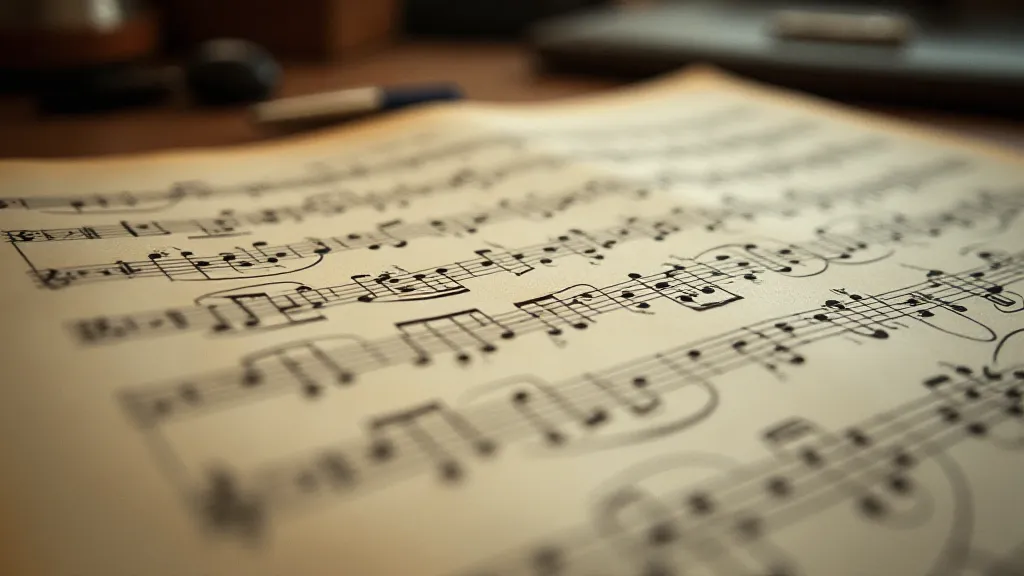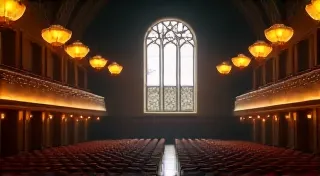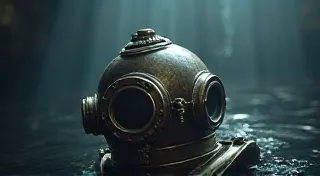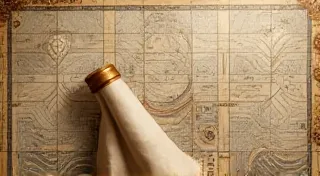The Broken Cadence: How Discordance Amplifies Conflict
We often celebrate film scores for their soaring melodies, their ability to swell with emotion and propel the narrative forward. But what about the music that doesn’s seek harmony? What about the jarring chords, the unresolved tensions, the deliberate lack of resolution? These are the sounds of discordance, and when wielded skillfully, they become potent tools for heightening conflict, amplifying unease, and revealing the fractured realities within a film's world. It’s a particularly fascinating area of film music, one often overlooked but crucial to understanding a director’s complete vision.
My introduction to this specific facet of film scoring came unexpectedly. I’m an avid collector of antique accordions—instruments that, in themselves, are brimming with potential for both beauty and unsettling sound. My grandfather, a Polish immigrant, played a Hohner Victoria, a beautiful, slightly battered thing with an ambered sheen from years of playing. The sound it produced wasn’t always pretty; the older reeds, the aging bellows, introduced quirks and warbles that gave the music a melancholy, almost haunted quality. That was before a particularly difficult restoration job—a broken reed, a warped frame, an improperly sealed bellow—made the instrument even more unpredictable. It was a sonic representation of hardship, and somehow, it mirrored the emotional landscapes I began to notice in films I was watching at the time.
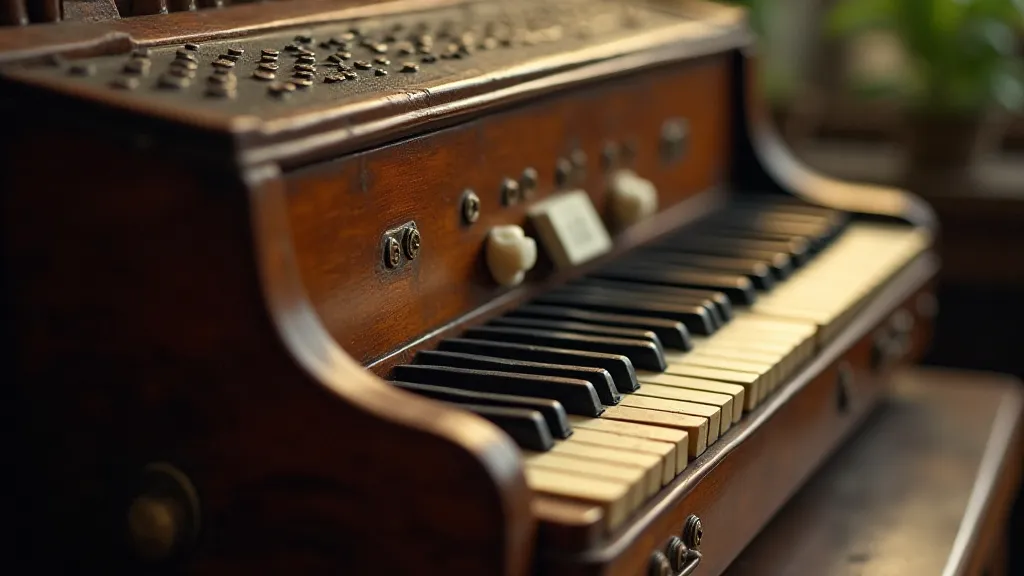
The History of Dissonance in Film Music
While dissonance is ancient in musical theory—think of the deliberate jarringness in some early 20th-century classical works—its purposeful application in film is a relatively later development. Early film scores often mimicked popular music, relying on familiar melodies and harmonic progressions to guide the audience’s emotions. As film matured as an art form, directors began experimenting with more complex and unconventional techniques. The rise of Expressionism in the silent era, with films like Robert Wiene’s The Cabinet of Dr. Caligari (1920), saw early experiments with unsettling music, though it was often more chaotic and less strategically deployed than what we see later.
The mid-century, particularly the 1950s and 1960s, marked a crucial turning point. Composers like Bernard Herrmann (Psycho, Vertigo) and Krzysztof Penderecki (The Exorcist) began to push boundaries, using atonal music, clusters of notes, and unconventional instrumentation to create atmospheres of dread and psychological tension. Herrmann’s score for Psycho, with its jarring string glissandos and repetitive, almost hypnotic themes, remains a touchstone for filmmakers exploring unsettling soundscapes. Penderecki’s work on The Exorcist went even further, employing extended techniques and utilizing sounds that were almost purely textural rather than melodic, creating a palpable sense of otherworldly horror.
Strategic Discord: More Than Just Noise
The effectiveness of discordant music hinges not on its mere presence, but on its skillful integration into the narrative. It’s about using tension as a tool, not a default setting. A simple major chord might signal resolution, comfort, and hope. A minor chord can convey sadness or introspection. But a cluster chord—a dense collection of notes played simultaneously—can indicate chaos, internal conflict, or an impending threat. When these clusters are prolonged, unresolved, and presented without the familiar anchors of melody or harmony, they create a sensation of unease that penetrates the viewer’s subconscious.
Consider the film No Country for Old Men (2007), scored by Carter Burwell, working in close collaboration with the Coen brothers. The score is famously sparse, relying heavily on silence and carefully placed, often discordant, musical cues. The absence of a traditional, overarching theme amplifies the film’s sense of dread and the characters’ moral ambiguity. The sudden, jarring bursts of music, often presented without context, feel intrusive and unsettling, reflecting the unpredictable violence that permeates the narrative. It's not music that tells you *how* to feel; it creates a space where feeling itself becomes disorienting.
Another excellent example is Jóhann Jóhannsson's score for Sicario (2015). His use of microtonal drones and manipulated electronic sounds generates a persistent atmosphere of paranoia and moral ambiguity. The music isn’t conventionally scary; it’s unsettling because it’s alien, refusing to conform to easy categorization or emotional resolution. The jarring nature of the sounds directly parallels the protagonists' struggle to understand the brutal reality they are confronted with.
The Craft and the Collector: An Accordion’s Lesson
Restoring my grandfather’s Hohner Victoria accordion taught me a great deal about the beauty and fragility of craftsmanship. Each reed is painstakingly hand-tuned, each bellows carefully constructed. A single broken reed can throw the entire instrument out of kilter. Similarly, a skilled composer understands that discordance, when employed effectively, requires immense precision and artistry. It’s not about simply throwing dissonant notes together; it’s about understanding how those notes interact with the visuals, the editing, and the performances to create a specific emotional effect.
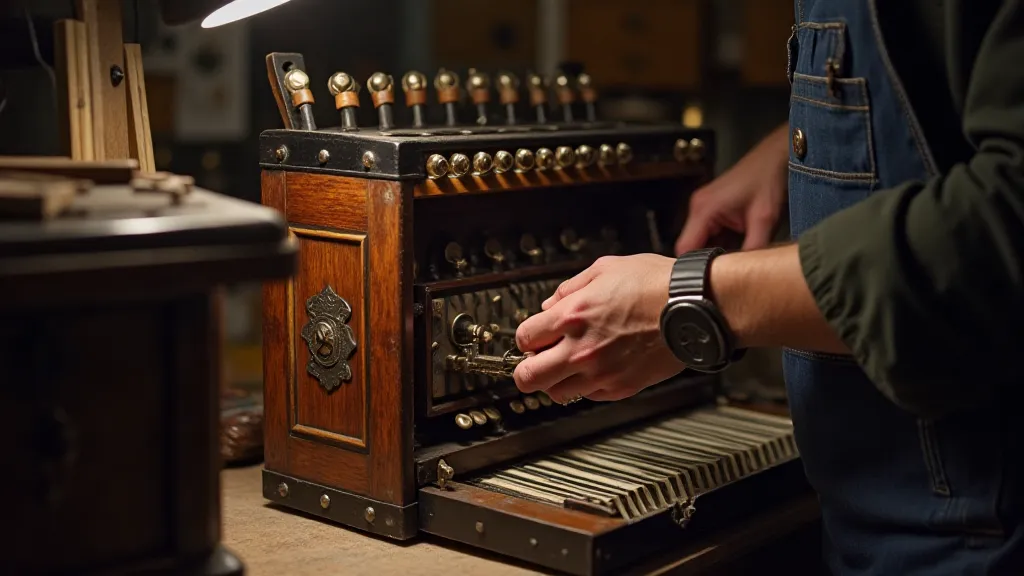
For collectors of antique accordions—and for those interested in the nuances of film music—there's a shared appreciation for the imperfect beauty that arises from age and wear. The slight waver of a reed, the subtle creak of a bellows—these are not flaws; they are markers of history, testaments to the human touch. Likewise, the jarring chords and unsettling textures of a film score, when wielded with purpose and artistry, can be far more powerful than any predictable melody.
Beyond the Obvious: Finding the Subtleties
While overt dissonance can be extremely impactful, the most sophisticated use of discordant elements often lies in the subtle interplay of harmony and tension. A composer might introduce a minor chord in a predominantly major key, creating a sense of melancholy or foreboding. Or they might use unresolved suspensions—notes that linger beyond their expected resolution—to create a feeling of unease. The skill lies in knowing when to unleash the full force of dissonance and when to use it sparingly, as a seasoning rather than the main course.
Ultimately, the power of discordant film music lies in its ability to engage our emotions in a visceral and unexpected way. It challenges our expectations and forces us to confront the darker, more complex aspects of the human experience. It's a testament to the enduring power of art to disturb, provoke, and ultimately, to illuminate.
